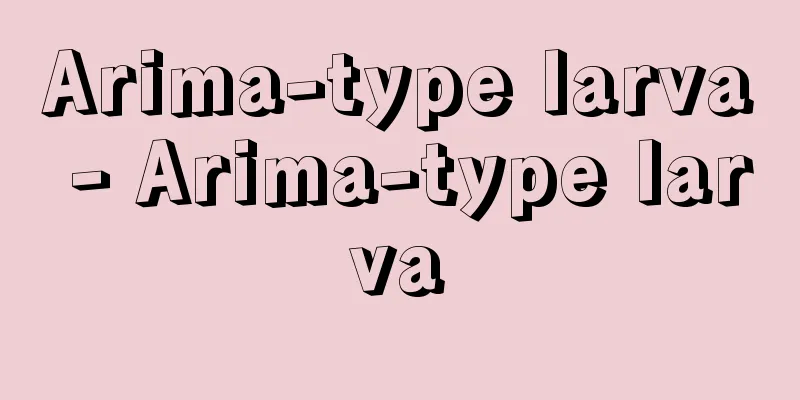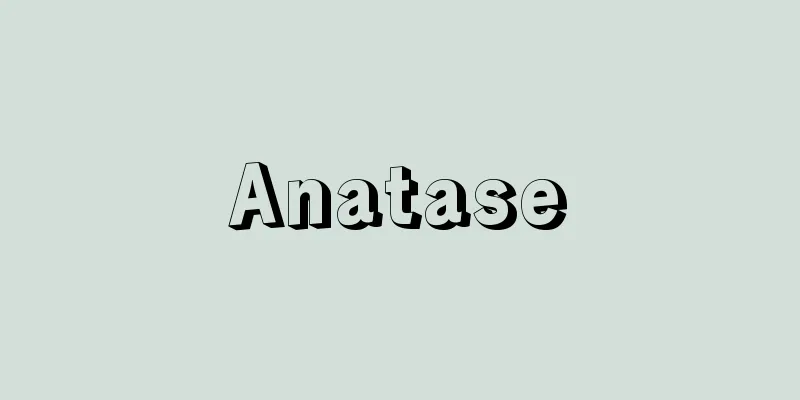Hibiya Riot Incident

|
A popular riot sparked by opposition to the peace treaty of the Russo-Japanese War. On September 5, 1905 (Meiji 38), the United Association of Comrades on Peace Issues, centered around the Anti-Russian Comrades Association, which was dissatisfied with the Treaty of Portsmouth, planned to hold a national convention in Hibiya Park. The government had banned the convention in advance, arrested the organizing committee, and sealed off the park, but the tens of thousands of people who gathered went ahead with the convention. After the convention ended, people took to the streets, throwing stones and clashing with police. Thousands to tens of thousands of people surrounded the Kokumin Shimbun newspaper, a government newspaper, and the residence of the Minister of the Interior, leading to further clashes with police, and many were injured by police with drawn swords. In the evening, people attacked police stations, police boxes, and police stations in Tokyo, burning and destroying two police stations, six police substations, and 203 police boxes and police stations. The unrest continued on the following day, the 6th, when the surviving police stations and police boxes were attacked, and 13 Christian churches and 15 trains were burned. As a result, the government imposed martial law in Tokyo city and four counties within the prefecture, and banned the sale and publication of newspapers and magazines. Two police stations were attacked on the 7th, but the unrest finally subsided. Approximately 70% of the city's police stations and police boxes were burned, and the riots were so severe that 2,000 people were injured, 17 people died, and 2,000 people were arrested (308 of whom were indicted). The participants were the urban proletariat, such as artisans, craftsmen, and laborers, who were the hardest hit by the war, and although the Hibiya Riots did have an element of xenophobia in one respect, it was a movement against the autocratic government of the clan factions, and can be said to be the starting point of the later Taisho democracy movement. The anti-peace movement spread throughout the country, and continued for about a month, with riots in various places. [Ryuichi Narita] Matsumoto Takehiro, "Study of the so-called Hibiya Riot Incident" (Ideological Research Materials Special Issue 50, edited by the Ministry of Justice's Criminal Affairs Bureau, 1939; reprint edition, 1974, Toyobunkasha) Nakamura Masanori, Emura Eiichi, Miyaji Masato, "Japanese Imperialism and the People" (included in "Collection of Japanese History 12: Taisho Democracy," 1977, Yuseido Publishing) Matsuo Takatsugu, "Taisho Democracy" (1974, Iwanami Shoten) [References] | |Source: Shogakukan Encyclopedia Nipponica About Encyclopedia Nipponica Information | Legend |
|
日露戦争講和条約反対に端を発する民衆暴動。1905年(明治38)9月5日、ポーツマス条約に不満をもつ対露同志会を中心とする講和問題同志連合会が、日比谷公園において国民大会開催を計画。政府は事前に大会を禁止、実行委員を検束、公園を封鎖したが、集まった数万人の民衆は大会を強行した。終了後、街頭に出た民衆は投石を行い警官隊と衝突、また御用新聞の国民新聞社や内相官邸を数千から万を超える民衆が包囲したため、ここでも警官隊と衝突、抜剣した警官により多数の負傷者が出た。夕刻には民衆は東京市内の警察署、派出所、交番を襲い、2警察署、6警察分署、203派出所・交番を焼き打ち、破壊。翌6日も騒擾(そうじょう)は続き、焼け残った警察署、交番が襲撃され、キリスト教会13、電車15台が焼かれた。 このため政府は東京市および府下4郡に戒厳令を敷き、新聞・雑誌の発売禁止・発行停止を行った。7日にも警察官署2か所が襲われたが、ようやく騒ぎが鎮まった。市内約7割の交番・派出所が焼かれ、負傷者2000人、死者17人、検束者2000人(うち起訴者308人)に及ぶ大きな騒擾であった。参加者は職工、職人、人足など戦争のしわ寄せをもっとも受けた都市無産大衆で、日比谷焼打事件は一面で排外主義の要素をもつものの、藩閥専制政治に抗した運動であり、この後の大正デモクラシー運動の出発点に位置するといえる。非講和運動は全国に波及し、約1か月間、各地で騒擾を伴いつつ展開された。 [成田龍一] 『松本武裕「所謂日比谷焼打事件の研究」(司法省刑事局編『思想研究資料 特輯50』1939/復刻版・1974・東洋文化社)』▽『中村政則・江村栄一・宮地正人著『日本帝国主義と人民』(『論集日本歴史12 大正デモクラシー』所収・1977・有精堂出版)』▽『松尾尊兌著『大正デモクラシー』(1974・岩波書店)』 [参照項目] | |出典 小学館 日本大百科全書(ニッポニカ)日本大百科全書(ニッポニカ)について 情報 | 凡例 |
Recommend
Horse shoes - Horse shoes
...Waraji with the side straps cut off and attach...
Oscillating plane
A plane defined by the tangent and principal norma...
Aśvattha (English spelling)
...In addition, plants used to make prayer beads,...
Enzelins, J. - Enzelins
...The national writer Rainis and the folk music ...
Consort
Consort (noun) refers to an instrumental ensemble ...
Masaharu Nishikawa
Experimental physicist of X-ray diffraction and a...
Kawatake Shinshichi (2nd generation)
...Kabuki playwright. His real name was Yoshimura...
credenda
…The rise of the Nazis and Italian Fascism arouse...
Ptilonorhynchus violaceus (English name) Ptilonorhynchusviolaceus
...The female lays eggs in a nest located at a di...
Wei Zheng Xuancheng
…A minister of the early Tang Dynasty in China. H...
Tasmanians
The indigenous people of Tasmania, Australia. They...
Niponius
...An insect of the family Acanthidae in the orde...
Thread-wrapped sword fittings
…However, the scabbard coating and metal fittings...
Parties' Principles
This is the idea that the parties have more contr...
Stemona sessilifolia (English spelling) Stemonasessilifolia
…[Tetsuichi Yahara]. … *Some of the terms that me...









